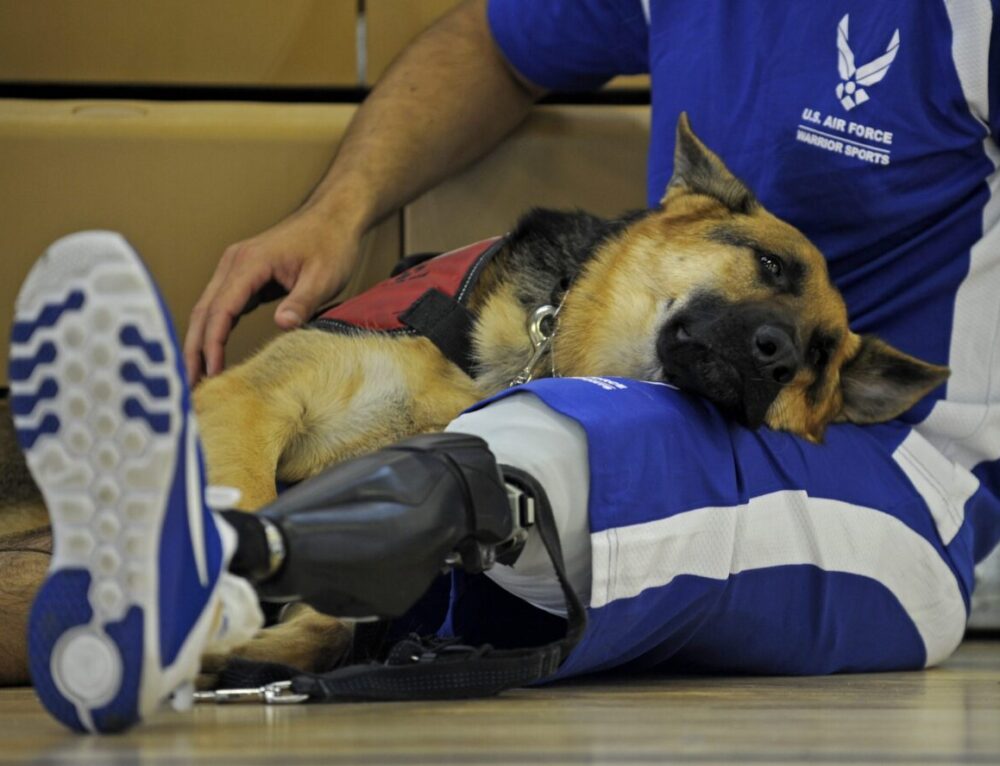Alterations around the world are being made to address the needs of those with sensory processing disorders (SPD). The increasing popularity of silent discos offers a way for those who are easily overstimulated to participate in clubbing events. Another trend in the world of inclusivity is the use of multi-sensory environments, also called Snoezelen rooms. These individualized environments offer a place to escape the stimulation of a large event by interacting with various elements or relaxing through the utilization of the senses. The use of Snoezelen rooms is rising in public and private venues such as schools, hospitals, churches, airports, and sporting venues. The increase in the development of Snoezelen rooms is due to the vast amount of benefits an individual can receive. Reported outcomes of Snoezelen rooms include enhancements to therapeutic services, reduction in agitation, and interaction with a personalized environment.
Populations that Benefit
Snoezelen rooms are mainly targeted to individuals with a sensory processing disorder (SPD). This condition affects how the brain processes stimuli and normally leads to oversensitivity. While overstimulation is a common response, an individual can experience under-stimulation and require more stimuli. Some physicians debate whether SPD is a separate diagnosis or a symptom of conditions such as autism spectrum disorder (ASD) and attention deficit hyperactivity disorder (ADHD). Common situations that affect individuals who are oversensitive include clothing materials, lighting, sounds, and food textures. While those who are under-sensitive are sensory seekers that look for thrills, spin without getting dizzy, lack understanding of personal space, and are unable to sit still.
Snoezelen rooms are found to be effective for individuals with an acquired brain injury. Rooms to benefit this population feature tasks to meet cognitive needs such as problem-solving, hand-eye coordination, decision-making, concentration, attention, memory, and object recognition. Through interactive games, an individual can increase range of motion, muscle strength, and dexterity.
Lastly, Snoezelen rooms are effective for individuals with middle to late-stage dementia. The simplicity of Snoezelen room tasks can increase awareness and attention. In addition, auditory and olfactory stimulation leads to mood enhancement.
While Snoezelen rooms are designed specifically for individuals with SPD or a related disorder, it is a fun environment for neurotypical children as well. The calming aura, as well as interactive stations, create an environment that appeals to children.
How to Build a Snoezelen Room
Snoezelen rooms can cost an average of $25,000 if using a professional builder. However, the essential components to a Snoezelen room can be designed on a budget and made accessible for homes. The list below features some of the main aspects that contribute to effectiveness.
- Fiber-optic LED lights, projectors/televisions with calming nature scenes or geometric patterns, bubble tubes
- Comfortable seating, body pillows, exercise balls, ball pits
- Sensory balls, putty, massage/vibrating pillow
- Hammock, tunnel, essential oils, weighted blanket
The overall design of a room should focus on both an ability to calm an individual through pleasurable senses and the ability to stimulate through the manipulation of the environment. The themes of a room can add a fun element to tie the attractions together and meet the interests of a family member or facility.
Case Study
The AT&T Center located in San Antonio, Texas utilizes a Snoezelen room to make the stadium more accessible to all. The room was specifically designed to meet the needs of those with autism spectrum disorder, dementia, and post-traumatic stress disorder (PTSD). In addition, the stadium increased inclusion with the addition of Kulture Center bags that contain a fidget device, weighted lap pad, non-verbal feeling thermometer, headphones, and a VIP lanyard that gives access to quiet zones. The stadium also utilizes warning signs about when to put on headphones and when you have reached a heavy traffic area. The Kulture Center bags and multi-sensory room, allow an individual to control their environment, alter their surroundings, or utilize coping tools, and the quiet zones create a relaxed environment with pleasant surroundings to contribute to self-regulation.
The Milwaukee Public Museum provides another example of a large venue that utilizes a Snoezelen room with the intent of meeting the needs of individuals with disabilities. The museum states that with 1 in 5 individuals having a disability, the addition of a place to escape makes sense. The room features a nature theme with adjustable lights, sounds, toys, books, and stimulants like bubble tubes. The Milwaukee Public Museum multi-sensory room has been praised by parents of children with sensory processing disorders, as it provides a semi-private area with coping strategies and self-regulation tools. Instead of just waiting for public outbursts to end, parents can lead their child into a multi-sensory room that can calm anxiety or provide stimulation.
Summary
While Snoezelen rooms are designed for individuals with sensory processing disorders, they can benefit all by providing a safe place for escape. The atmosphere is easily manipulated to create a personalized environment that meets an individual’s needs at that moment. An individual is free to engage with the environment as needed, which maximizes control and decision-making. In a study of adult clients with autism in Brussels, Belgium, there was a 50% reduction in stereotypical behaviors and distress as a result of engagement with a Snoezelen room. In addition, individuals experienced 75% less aggression and self-injurious behavior while in a Snoezelen room.
The rooms can be adapted for a large or small-scale project with attractions designed to please all of the senses. The increasing development of Snoezelen rooms allows families to visit events together without the worry of overwhelmed or anxious family members.





